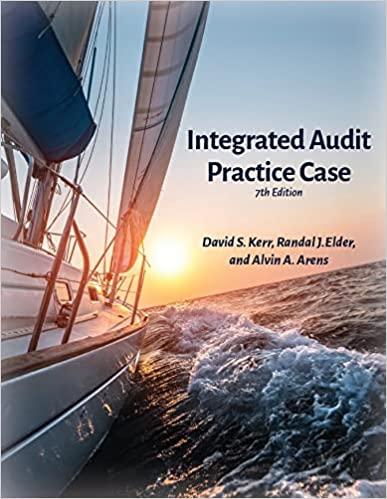I NEED HELP

Consider two economies, A and B, with the following production function: Y=TFPK0.4L0.6; where, in both economies, TFP=1,L=50, the capital stock depreciates at the annual rate of 10%, and 20% of annual GDP is devoted to investment. However, the initial capital stocks are different: KA=70 and KB=40. 1. Plot output as a function of the capital stock (for K=0,10,20,,100 ) and discuss the shape of the resulting relationship. 2. Find the marginal product of capital and plot it against the capital stock (for K=0,10,20,,100 ) Discuss the shape of the graph in light of your previous answer. 3. Locate the initial positions of countries A and B in the output-capital plot. Which country will grow faster next year? Why? 4. Given the depreciation and investment rates, what will be the capital stocks of the two economies next year (KA and KB) ? Assuming that total factor productivity and employment do not change, what will be the output levels of the two countries next year (YA and YB) ? 5. Calculate the real GDP growth rates (from this year to the next) of countries A and B and interpret your results in light of your answer to 1.3. 6. Suppose now that total factor productivity does increase by 10% next year (TFP=1.1). Revise your calculations of YA and YB. Which country benefits the most from this positive productivity shock? Explain. The next two questions concern both A and B, independently of the initial capital stocks. In other words, these questions are about long-run steady-states. 1 7. Assume again that TFP=1. Find the steady-state capital stock (KSS) and the associated levels of output and consumption. Plot this point in the output-capital diagram. 8. Find the optimal (golden rule) investment rate and the implied optimal (golden rule) capital stock, output, and consumption. Compare this consumption level with that found in the previous question. Explain. Now, things are getting a bit more complicated. The following questions are about the speed of convergence in country A only. You can solve the next two exercises by iterating on the equation for capital accumulation: compute the evolution of the capital stock year by year. (This is particularly easy using Excel). 9. Assume again that TFP=1. In country A, where the initial capital stock is KA=70. For this country, how many years does it take until it has covered half the distance to its steady state? In other words, how many years does country A need, to get from KA to K=(KA+KSS)/2 ? 10. Related to your answer to 1.9: Does the economy converge faster or slower if the rate of depreciation is higher? What about if the rate of investment is higher? Briefly discuss and give some intuition. Consider two economies, A and B, with the following production function: Y=TFPK0.4L0.6; where, in both economies, TFP=1,L=50, the capital stock depreciates at the annual rate of 10%, and 20% of annual GDP is devoted to investment. However, the initial capital stocks are different: KA=70 and KB=40. 1. Plot output as a function of the capital stock (for K=0,10,20,,100 ) and discuss the shape of the resulting relationship. 2. Find the marginal product of capital and plot it against the capital stock (for K=0,10,20,,100 ) Discuss the shape of the graph in light of your previous answer. 3. Locate the initial positions of countries A and B in the output-capital plot. Which country will grow faster next year? Why? 4. Given the depreciation and investment rates, what will be the capital stocks of the two economies next year (KA and KB) ? Assuming that total factor productivity and employment do not change, what will be the output levels of the two countries next year (YA and YB) ? 5. Calculate the real GDP growth rates (from this year to the next) of countries A and B and interpret your results in light of your answer to 1.3. 6. Suppose now that total factor productivity does increase by 10% next year (TFP=1.1). Revise your calculations of YA and YB. Which country benefits the most from this positive productivity shock? Explain. The next two questions concern both A and B, independently of the initial capital stocks. In other words, these questions are about long-run steady-states. 1 7. Assume again that TFP=1. Find the steady-state capital stock (KSS) and the associated levels of output and consumption. Plot this point in the output-capital diagram. 8. Find the optimal (golden rule) investment rate and the implied optimal (golden rule) capital stock, output, and consumption. Compare this consumption level with that found in the previous question. Explain. Now, things are getting a bit more complicated. The following questions are about the speed of convergence in country A only. You can solve the next two exercises by iterating on the equation for capital accumulation: compute the evolution of the capital stock year by year. (This is particularly easy using Excel). 9. Assume again that TFP=1. In country A, where the initial capital stock is KA=70. For this country, how many years does it take until it has covered half the distance to its steady state? In other words, how many years does country A need, to get from KA to K=(KA+KSS)/2 ? 10. Related to your answer to 1.9: Does the economy converge faster or slower if the rate of depreciation is higher? What about if the rate of investment is higher? Briefly discuss and give some intuition







